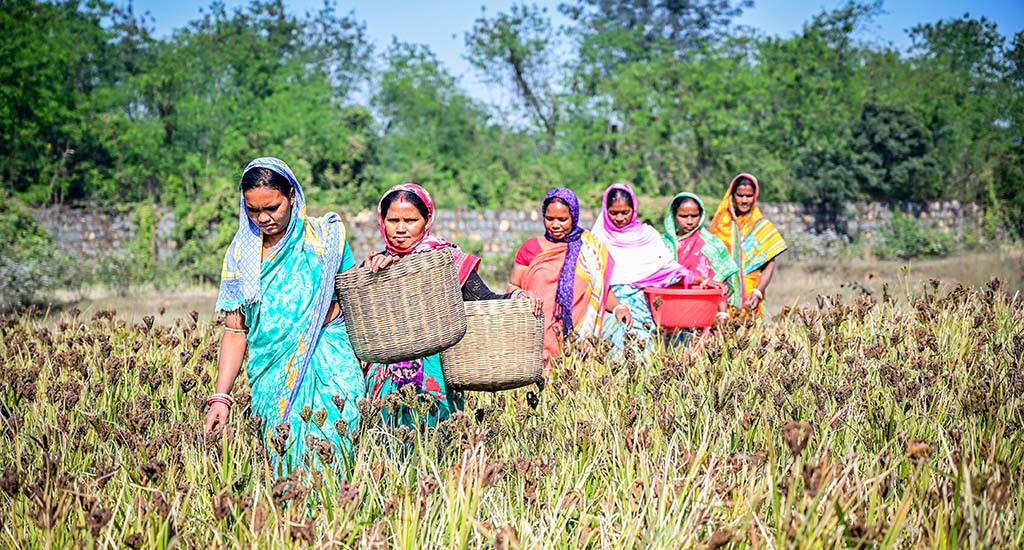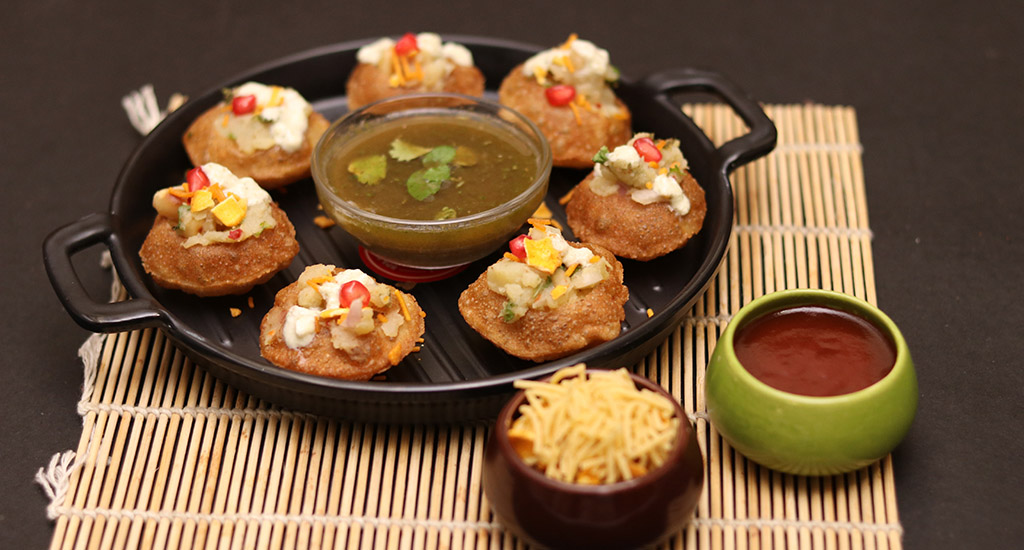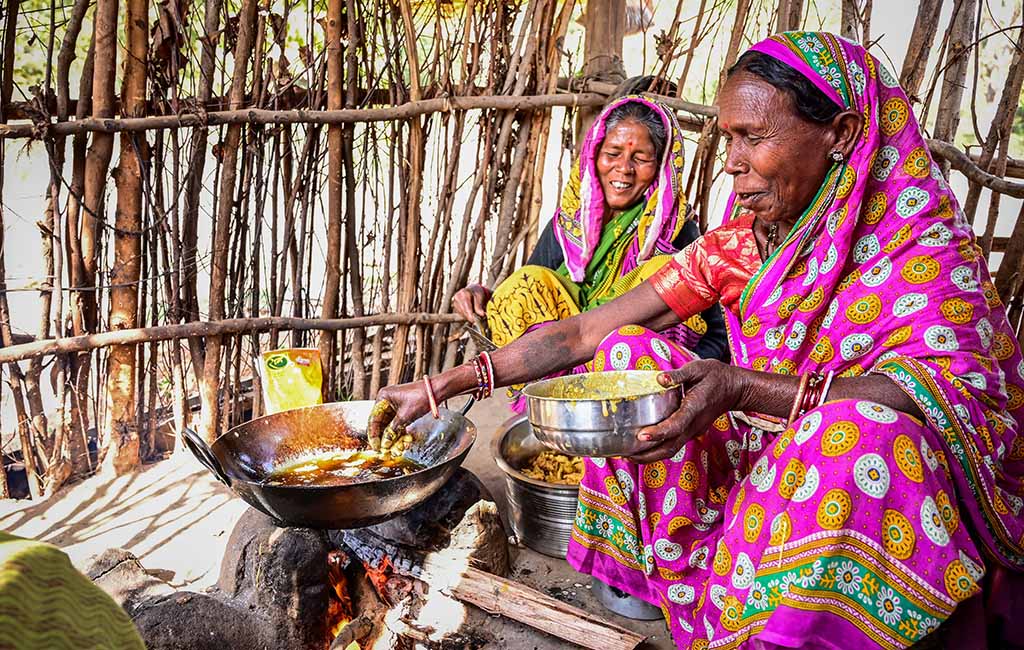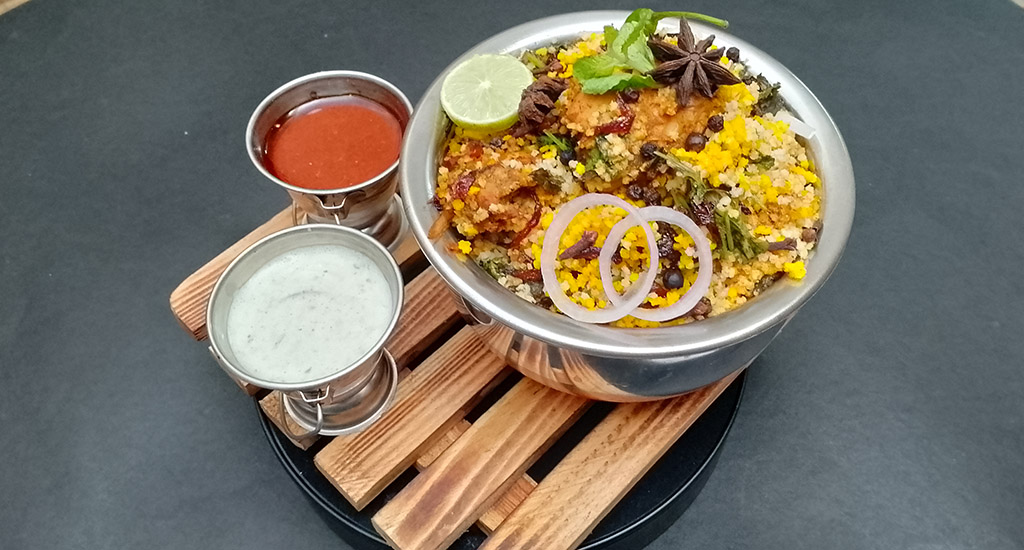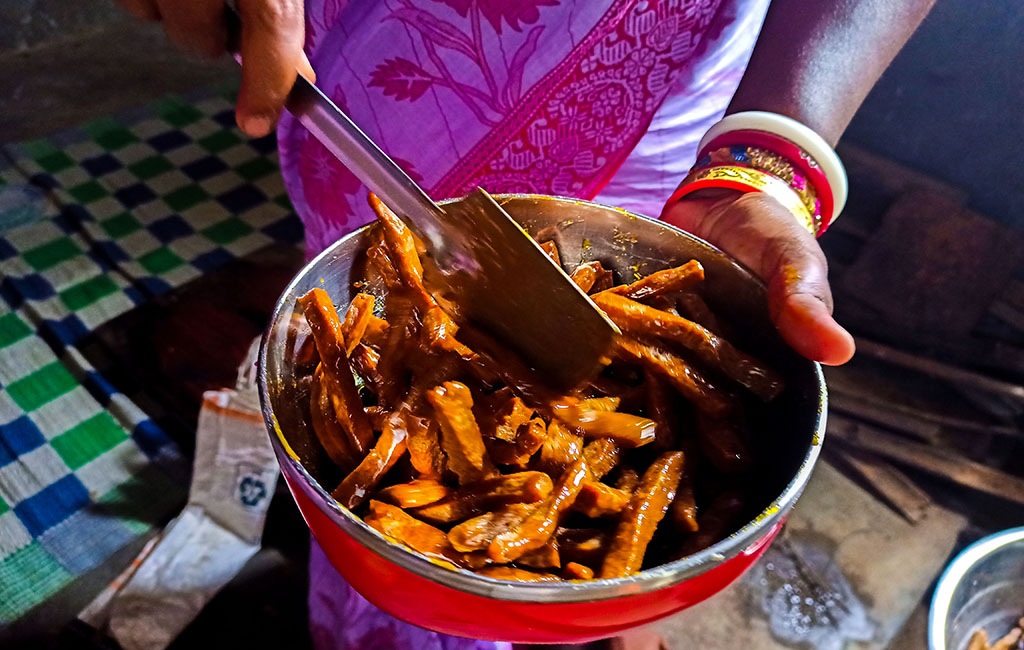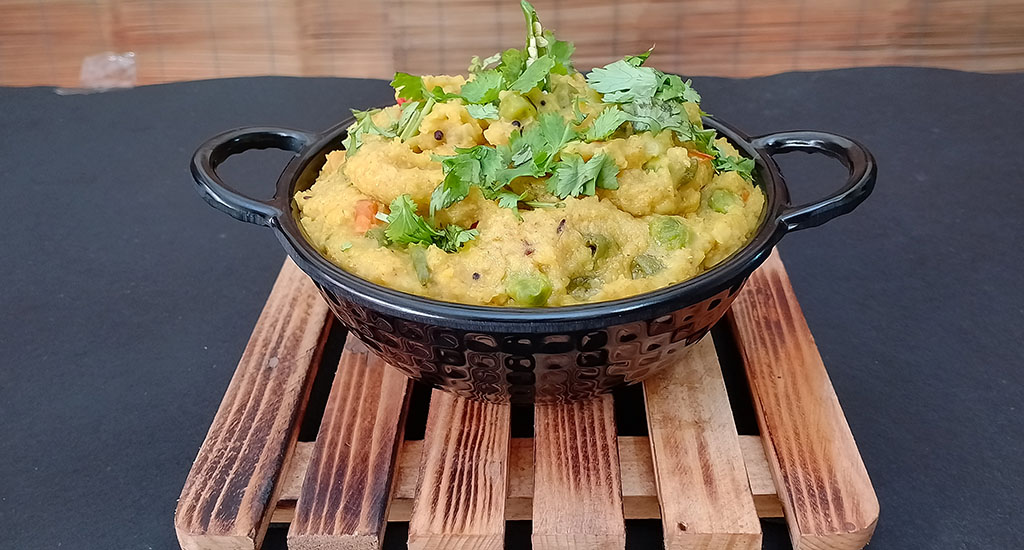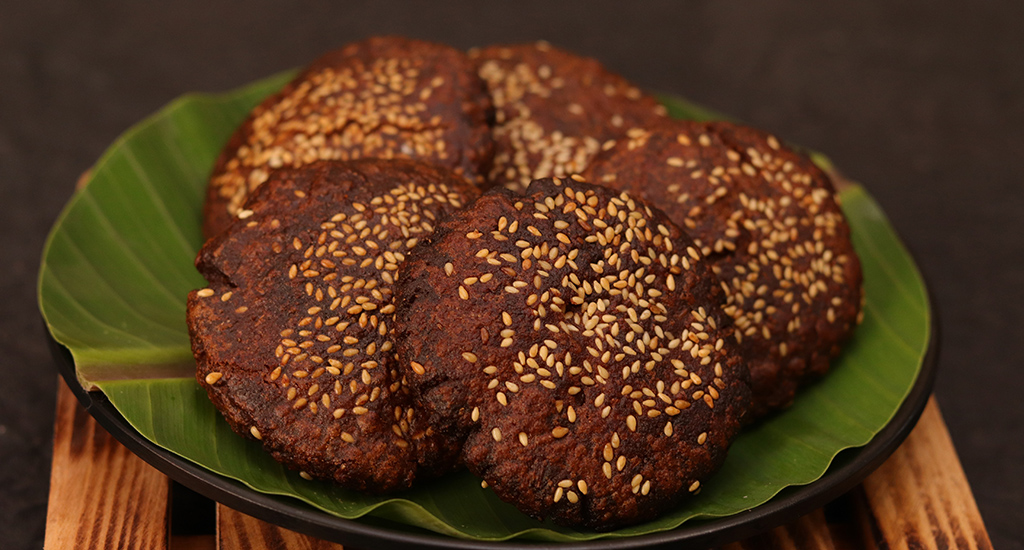
Photo essay: When millets go mainstream to bring a revolution
Once known as poor man’s food, millets are being recognised for their nutrition and climate resilience. In Odisha, tribal women self-help groups are leading a revolution through their millet-based food enterprises.
Tribal women in Odisha’s Keonjhar district grow finger millet (ragi), one of their traditional staple crops and part of their diet and food culture. Ragi is loaded with calcium, protein, magnesium, iron, phosphorous, dietary fibre and zinc. Millets are grown in arid areas as they don’t need a lot of water, which is why millet-based foods were commonly consumed by the tribes in Odisha’s rainfed regions. (Photo by Abhijit Mohanty)
Also Read | To buy supplies, millet is money in Koraput’s barter system in Odisha
The state government’s Odisha Millets Mission, in collaboration with women self-help groups (SHGs), has introduced a wide variety of millet recipes, blending traditional Odia and modern cuisine. Panipuri made from bajra or pearl millet flour along with mashed potato masala and tangy tamarind pulp is one of them. Bajra is rich in amino acids, antioxidants, carbohydrates and multiple vitamins. (Photo by Abhijit Mohanty)
Members of Om Sai SHG prepare pakodi made from ragi at Balabhadrapur panchayat in Jhumpura block, Keonjhar. Pakodi is often eaten along with puffed rice as an evening snack by the local communities. Maa Mangala SHG organised a ‘Millet Recipe Tasting Event’ at a government school in Keonjhar, getting the younger generation interested in millets. (Photo by Abhijit Mohanty)
Also Read | How millet magic is empowering women in rural Odisha
Foxtail millet biriyani is prepared from foxtail millet, eggs, potatoes and chicken, mutton, prawn or fish. Foxtail millet is locally known as kangu and rich in vitamin B12, protein, good cholesterol, carbohydrates, dietary fibre, iron and calcium. Regular consumption of foxtail millet strengthens bones and the nervous system, boosts cardiac health, controls diabetes, reduces cholesterol and builds immunity. (Photo by Abhijit Mohanty)
Also Read | Collective enterprise fights malnutrition with millets
A group of people eating millet bara at a Millet Shakti Tiffin Centre in Shyamsundar Panchayat in Mayurbhanj. The centre is managed by Binodini SHG. “I regularly visit this centre,” said Madhab Soren of Anlagunja village. “Earlier millet foods were only prepared at home. But now, there are tiffin centres like this which sell millet food. I’m happy to see such demand for millet foods.” (Photo by Abhijit Mohanty)
Also Read | Millets travel from tribal farms to dinner tables
In the Mayurbhanj district ragi khurma has become a famous snack. “There is a high demand for ragi khurma in our area. People like the crunchy sweet snack. We get orders from several sweet shops at Baripada, (the district headquarter),” said Kabita Dehuri, president of Baba Simeleshwari SHG. (Photo by Abhijit Mohanty)
Little millet khichdi made from little millet, green dal, beans, cauliflower, carrot and potato, is locally known as suan. This millet is rich in antioxidants and a powerhouse of protein, fibre, calcium, iron and other micro-nutrients. Consumption of little millet boosts immunity, and prevents heart ailments and diabetes. (Photo by Abhijit Mohanty)
The lead image shows ragi arisha pitha prepared from ragi flour, rice flour, sesame seed, jaggery, cardamom powder and ghee (Photo by Abhijit Mohanty)
Abhijit Mohanty is a journalist based in Bhubaneswar.
